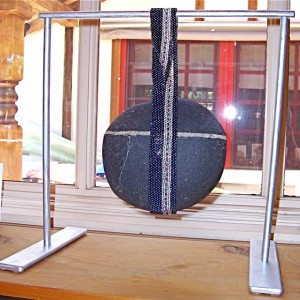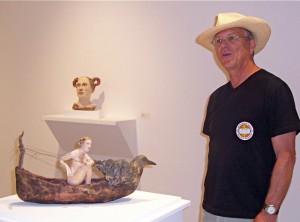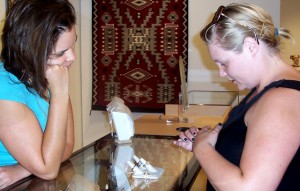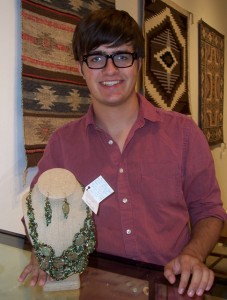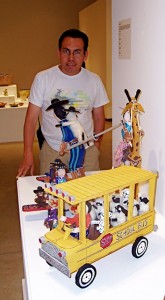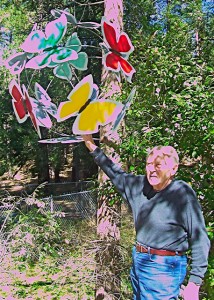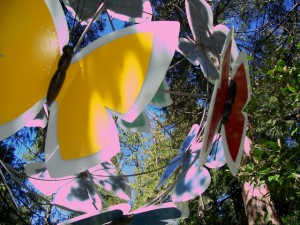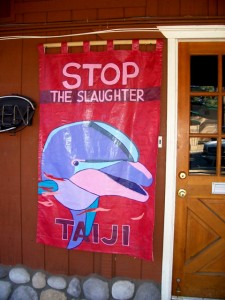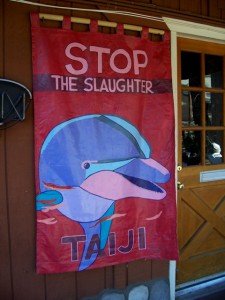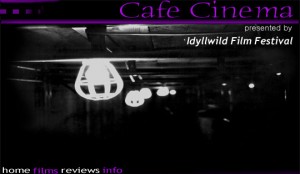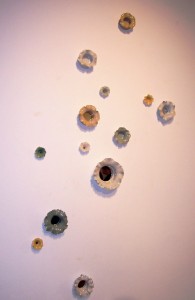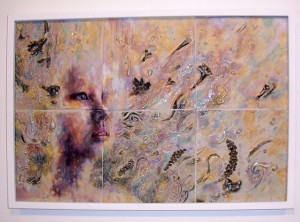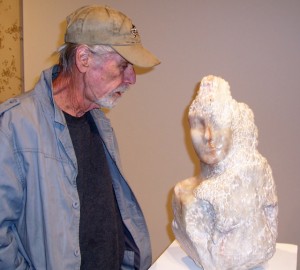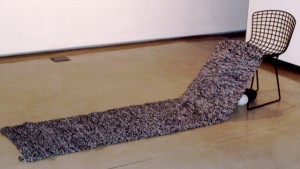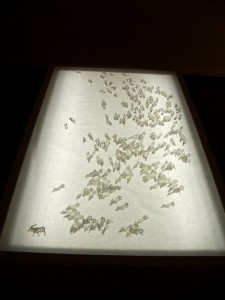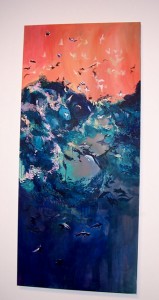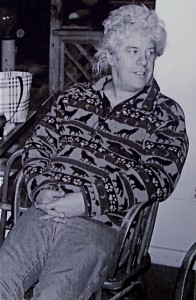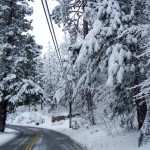Idyllwild Resident’s 30th Consumer Electronics Show
January 9, 2012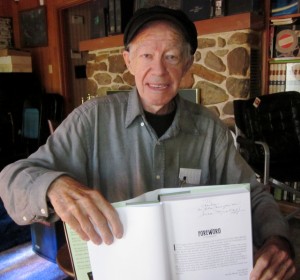
Idyllwild resident Charles Schlacks, Jr. is attending his 30th Consumer Electronics Show in Las Vegas
By Marcia E. Gawecki
Today, Charles Schlacks, Jr., 80, an Idyllwild publisher and record collector, will attend his 30th Consumer Electronics Show (CES) in Las Vegas.
The show is estimated to attract 150,000 attendees, however, it’s open to only “those in the electronics industry,” Charles says.
For the past three decades, Charles has received a “press” pass, which is an all-access pass to the vendor booths and lectures. However, this year, CES sent him an “entertainment” pass, which offers pretty much the same access. Without the pass, however, the show would cost Charles $100 a day.
Charles is considered “press” because he publishes two trade journals, “Muzaka,” about Russian music past and present; and “Music and Society in Eastern Europe,” which discusses discographies (musical histories) of open reel tapes and records.
Charles is not like the other journalists who write about their likes and dislikes of the popular trade show. He’s attending for his personal enjoyment of music. Each year, he takes about two dozen classical records (audiophile LPs) and goes from booth to booth at the Flamingo and Venician Hotels.
He’s looking for good turn tables and card readers to play his high-quality audiophile LPs. Generally, he knows everybody and returns to the same booths each year. In the four days of the show, he’ll visit about 50 of them.
The CES exhibitors take Charles’ records and play them on their stereo systems, which range from $250 to $150,000. Both enjoy the experience.
“As a whole, I found out they prefer analog to digital,” Charles said. “My records sound much better than CDs and DVDs.”
Over the past three years, however, there’s been a resurgence of turn table manufacturers and the re-release of dozens of new vinyl recordings (LP records), Charles noted.
He’s happy that companies are reissuing classical, pop and jazz records from the 1950s. Some of the originals are likely in Charles’ record collection.
Since 1946, when he was about 15 years old, Charles has been collecting classical records. There’s only classical records, no rock n’ roll, jazz, pop or vocalists.
“My friends from England couldn’t believe that Charles had never heard of The Beatles,” said Jeffrey Taylor, from Green Cafe in Idyllwild, of his longtime friend. “Who hasn’t heard of the Beatles?”
But now that he’s 80 years old, Charles has amassed about 45,000 classical LPs that he stores in Hemet, with a small amount in his Idyllwild home.
Eventually, Charles plans to sell the majority of his collection to record collectors in Los Angeles and individuals over the internet. His records are his retirement, he says, and they will help him pay off his house.
Although it’s not his plan, Charles will take a list of the details of his 45,000 record collection to the CES this weekend, just in case someone is interested in buying a few hundred of them. In past years, Charles has returned from the CES with small sales that he ships out of the Idyllwild Post Office, or drives to northern California. Once, he tried to deliver records up to San Francisco in a day.
“I’ll never do that again,” Charles said of the 7-hour drive. “I was so tired that I had to stay overnight, and that cost me about $75. Next time, the buyer would have to pay shipping or my gas and lodging.”
Charles doesn’t generally attend the keynote lectures at the CES. In the past, it’s usually been someone from Microsoft, he said.
“Was it Bill Gates?” asked Jeffrey Taylor, who had worked for Apple after college.
This year, however, Microsoft is scaling back and Apple doesn’t plan to attend, Charles said. According to today’s Los Angeles Times, Microsoft has its exit planned, saying it wants to announce its products on its own timetable. The absence of Apple has long spurred manufacturers to bring out Apple-type products that quickly fade from the marketplace.
At the same time as the CES in Las Vegas, other shows are going on. At “T.H.E. Show,” last year, Charles got a “shout out” from the keynote speaker, the editor of Stereophile magazine.
According to Charles, the speaker asked Charles to stand up and be recognized.
“I’ve seen you every year as long as I’ve been coming here,” the man said. “You must be the oldest veteran here.”
Of course, there was a round of applause, and they congratulated him afterwards on his dedication and longevity. In a few months, Charles may see some of them again.
Charles belongs to the Los Angeles and Orange County Audio Society, which will be sponsoring “T.H.E. Show” for three days in Irvine in June.
However, for the next four glorious days, Charles will busy himself with the Consumer Electronics Show, visiting 30-40 exhibitors.
“I like to meet people who enjoy good music,” Charles said.
His light blue hybrid car has vanity plates which read, “FFSS,” which stands for “full frequency stereophonic sound. The first LP with FFSS was recorded in 1958.
“It was the greatest audio recording ever,” Charles said.
In his collection, he has hundreds of audiophile recordings. For more information about his collection, email Charles Schlacks directly at: schlacks.slavic@greencafe.com.
Copyright 2012 Idyllwild Me. All rights reserved.


